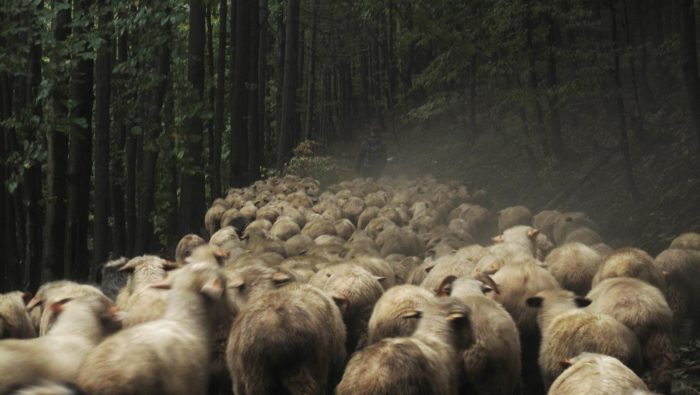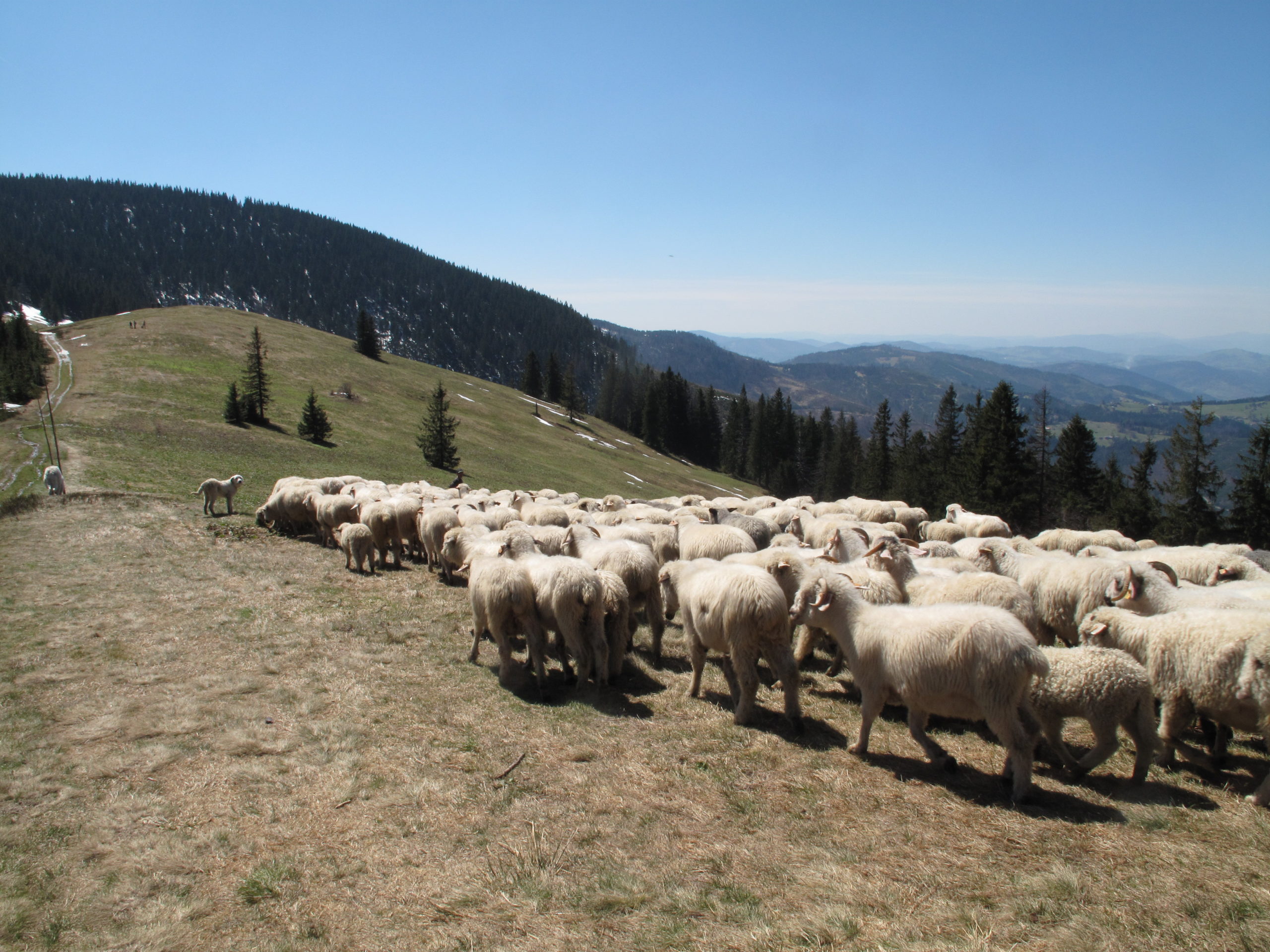
Crossing the borders – participatory observation and legal geography

‘There is no … flock of sheep without a shepherd – and his dog, his walking stick, his piles of vaccination certificates, his mountain of paperwork to get EU subsidies.’ (Latour 2005, p.32)
Stanisław wakes me up with a gentle albeit firm shake. It’s ungodly early but it’s not people who decide that – sheep do. Over three hundred of the woolly creatures are my companions for the coming week. The previous evening I had arrived in Złatna, a village in the western Carpathians, with a simple yet challenging task – fieldwork.
Most will associate this method with Bronisław Malinowski – although it could be debated who was first. I choose to trust Max Gluckman who wrote, ‘I believe it is true to say that before Malinowski no professional anthropologist had lived so long with any one tribe, or, in consequence, observed so closely the whole process of its social life’ (p.245). Malinowski stated that his interest in cultures started among highlanders in the southernmost part of Poland. Michel W. Young quotes Malinowski’s memories in ‘The A.B.C. of Culture: A Text-Book of Comparative Anthropology and Sociology’:
By the time I was eight I had lived in two fully distinct cultural worlds, speaking two languages, eating two different kinds of food, using two sets of table manners, observing two sets of reticencies and delicacies, enjoying two sets of amusements. (p.15-6)
Later Malinowski makes a divide between lowland peasantry and mountaineers; highlanders whom he referred to with the Polish word ‘Górale’ (‘góry’ meaning mountains):
As a child I was surrounded by racial and cultural differences. (…). There were the lowland peasants of the plains, an inferior “caste” of chłopi [peasants] (…), and there were the Carpathian mountaineers, the Górale. (p.16)
The distinction between shepherds and farmers was clear for Malinowski. Semi-nomadic shepherding was once a cornerstone of Wallachian colonisation of those mountains, being not only the source of food but also an origin of local identities and a root of conflicts with lowland, farming cultures.
In the Polish Carpathians, Community Shepherding was a common trait. It was organised by the main shepherd called a Baca, who would own a part of the flock. Other sheep would be given to him usually by residents of his village. He would hire workers who would accompany him and leave for pastures with a complex ownership structure (communal land, multiple co-owners, servitudes, or fragmented ownership). Traditionally the Baca would also be a mysterious figure, as skills in basic medicine and herbalism would be considered magical (some still practice charm-casting).
A crucial element of my project was the integration of legal perspectives often overlooked in contemporary Polish ethnography. Many researchers failed to recognise the significance of Poland’s accession to the EU, concerning common agricultural policy or geographical indications. My research also aimed to use Bruno Latour’s actor-network theory as a framework that could weave together multiple threads of the social fabric and give the full(est possible) understanding of contemporary shepherding, both as mundane, daily work and an activity of symbolic significance.
Crossing the borders of disciplines is obvious if one is engaged in legal geography, by definition an interdisciplinary endeavour. However, it was not the only border I crossed. Using participatory observation can be a gruelling challenge. Many shepherds still do their work the old way. Soon after the snow melts in April, they leave home and move to pastures at higher altitudes. They remain there till the first snow falls in September or October.

As modern conveniences became part of life, even in the most remote parts of Europe, shepherds began using trucks to reach their grasslands. I decided to do it the old-fashioned way, as I joined the Szczechowicz family. To the best of my knowledge, they do the longest walk with their sheep. In October it takes them six days to walk back home, whereas in the Spring the journey to their greens lasts seven days (as two-month-old lambs are too small to go as fast). The challenges are manifold: waking up every morning at five or four, sleeping outside in near-freezing temperatures, walking 20 kilometres a day in wellingtons, and missing showers for a full week. All that in a foreign environment, whilst at work, trying to grasp as much data as possible.
The trail that we followed has remained the same since the seventies, when Tadeusz Szczechowicz stopped working for other shepherds and gathered the flock on his own. Back then the route was largely dictated by state borders, the shortest way requiring crossing the border with Czechoslovakia – unimaginable in the pre-1989 era. A lot has changed since then and the political landscape of the region has been turned upside down. So too Tadeusz Szczechowicz has passed away, leaving his enterprise, profession, and heritage to his son. Technology is much different, they no longer use horses, and so much-needed help arrives by car. But the trail stays the same. Old political borders that forced longer and more challenging routes left social bonds that are stronger than the temptation to make things easier. Law here, once again has left a long-lasting mark on the social fabric.
The same temptation accompanies us in our research work. There are many ways to do desk work on the topic of shepherding. But there was an irresistible charm in crossing multiple borders with one project. Borders of disciplines and methodologies, geographical and cultural ones as well as personal.


